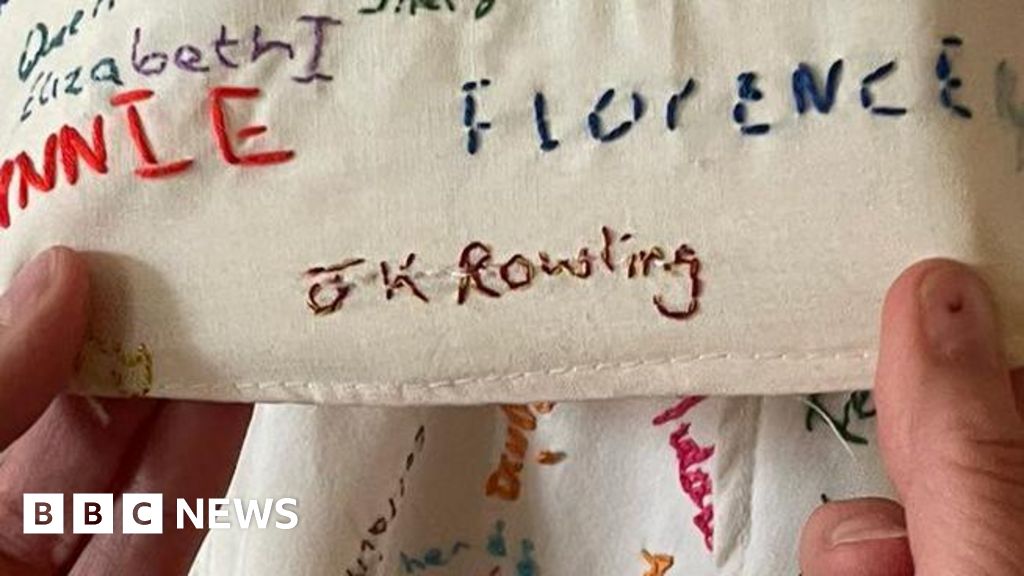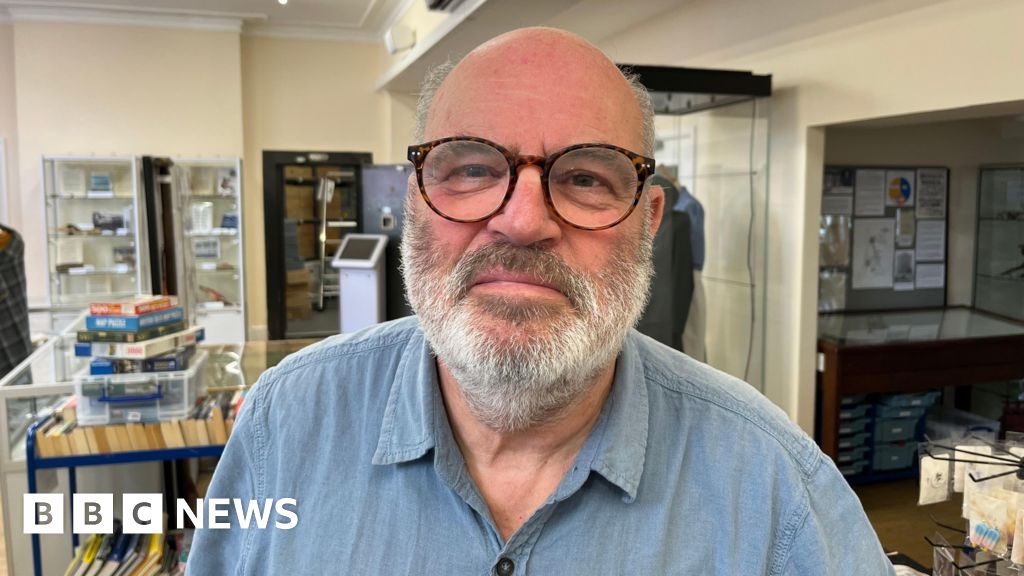- Baseball
Fri Jun 27, 6:40 PM EDTSNYNYM47-34PIT32-50
时间:2010-12-5 17:23:32 作者:Bonds 来源:Audio 查看: 评论:0内容摘要:Craig Jones helps a patient at Basin Pharmacy in Basin, Wyo.. His pharmacy is the key health care access point for the town of about 1,300 people and the surrounding area. (AP Photo/Mike Clark)Craig Jones helps a patient at Basin Pharmacy in Basin, Wyo.. His pharmacy is the key health care access point for the town of about 1,300 people and the surrounding area. (AP Photo/Mike Clark)
The U.S. Agriculture Department sets nutrition guidelines for the national school lunch and breakfast programs, which serve nearly 30 million students each school day.The nutrition standards are required to meet the federal Dietary Guidelines for Americans, which are reviewed and revised every five years. Since 1985, those guidelines have recommended that Americans older than age 2 consume low-fat or fat-free dairy.

The 2025-2030 dietary guidelines are set for revision this year under a joint effort by USDA and the Department of Health and Human Services. A panel of scientific experts who reviewed evidence regarding milk fat content recommended that the U.S. policy remain the same.changes in the federal nutrition program after the 2010 law have slowed the rise in obesity among U.S. kids — even teenagers, said Deanna Hoelscher, a nutrition expert and researcher at the University of Texas Health Science Center who served on the dietary guidelines committee.“We didn’t find enough definitive evidence to change a policy that’s been in place that has shown good outcomes to date,” Hoelscher said.

Although there was limited evidence that consuming higher-fat dairy rather than lower-fat dairy could benefit very young children, there wasn’t enough evidence to make a conclusion for older kids and teens, she said. There were “substantial concerns” with the consistency, quantity and risk of bias in the existing research, the report concluded.Some nutrition experts point to

suggesting that kids who drink whole milk could be less likely to be overweight or develop obesity than children who drink lower-fat milk. One 2020
suggested that the risk was 40% less for kids who drank whole milk rather than reduced-fat milk, although the study authors noted that the research couldn’t say whether milk consumption was the reason.from about 1,000 prepubertal boys.
It’s impossible to tell if enough stem cells are in each tiny sample to matter. But in 2019, Orwig used preserved testicular tissue from a young male monkey that, in an animal version of IVF, led to the birth of a healthy baby monkey.By 2023, Orwig was ready to reimplant now-grown cancer survivors’ cells when Hsu — not ready to start a family yet but curious about his long-ago study participation — reached out.
“We’re not expecting a miracle result,” cautioned Orwig, whose colleagues transplanted Hsu’s thawed cells in November 2023.this week, Orwig reported the injection, guided by ultrasound to the right spot, was safe and easy to perform. His work has not yet been reviewed by other scientists.
- 最近更新
- 2025-07-07 08:55:22Amari Avery has to borrow a friend's clubs and still manages to make cut in the U.S. Women's Open
- 2025-07-07 08:55:22The Big Read. What happens to Nato if the US steps back?
- 2025-07-07 08:55:22Suicide bombing kills 22 inside Damascus church
- 2025-07-07 08:55:22Taylor Swift buys back first 6 albums, now owns all her music
- 2025-07-07 08:55:22BA and Singapore Airlines cancel Dubai flights after US bombs Iran
- 2025-07-07 08:55:22Climate Migration: Blind and homeless amid Somalia's drought
- 2025-07-07 08:55:22Sexy & Spiteful: the best books to read this summer
- 2025-07-07 08:55:22Trump has opened a Pandora’s box
- 热门排行
- 2025-07-07 08:55:22our guide to age-smart ways to save on car insurance
- 2025-07-07 08:55:22A $20,000 credit card bill and no avocado: life as the world’s 150th-ranked tennis player
- 2025-07-07 08:55:22Portable Air Conditioner 8,000 BTU$180$190Save $10with coupon
- 2025-07-07 08:55:22For the 2nd straight year, Hurricanes left to lament falling in huge series hole in NHL playoff exit
- 2025-07-07 08:55:22Pistachio Ice Cream Sandwiches with Walnut Brownies
- 2025-07-07 08:55:22Pimco bets on long-term Japanese debt in ‘dislocated’ market
- 2025-07-07 08:55:22A post shared by Candace Cameron Bure (@candacecbure)
- 2025-07-07 08:55:22opinion content. AI is the answer, whatever the question
- 友情链接
- Georgian opposition figure Giorgi Vashadze jailed in widening crackdown Smash hits: nine Londoners’ favourite public courts Smash hits: nine Londoners’ favourite public courts Oil prices pare losses as ceasefire threatened Lessons from my 30-year war on acne Rishabh Pant, KL Rahul centuries set up epic England run chase on day five Stablecoins ‘perform poorly’ as money, central banks warn Georgian opposition figure Giorgi Vashadze jailed in widening crackdown Dozens killed in Russian attacks on Ukraine, Dnipro worst hit Why global imbalances do matter Russia-Ukraine war: List of key events, day 1,216 Trump is seeking a quick US exit from Israel-Iran conflict. Will it work? US sanctions alleged leader of Venezuelan gang Tren de Aragua The war that will remake Iran’s Islamic republic Trump’s fragile peace in the Middle East Why global imbalances do matter The war that will remake Iran’s Islamic republic Europe should not go it alone on defence Qatar PM: Iran strike inflicted ‘scar’ on relations Cuomo vs Mamdani: New York mayoral race showcases Democratic rift US Congress plots big tax cut for private credit investors Kyiv man survives ‘massive’ Russian air strike Cuomo vs Mamdani: New York mayoral race showcases Democratic rift Who is attending the NATO summit and what’s on the agenda? Lessons from my 30-year war on acne OpenAI and Jony Ive accused of trying to ‘bury’ rival start-up Jeff Bezos’s wedding draws storm of protest in Venice Russia-Ukraine war: List of key events, day 1,216 US sanctions alleged leader of Venezuelan gang Tren de Aragua UK to ban Palestine Action, police clash with group’s supporters in London
